-
Posts
850 -
Joined
-
Last visited
Content Type
Events
Profiles
Forums
Gallery
Posts posted by Odyssey 4x4
-
-
you can start by posting a photo of the ac unit. The model number may be underneath the interior air distribution shroud or perhaps under the shroud on the roof of the rv.
-
They're so cool but that price is wild. I wonder what these go/went for in Japan without the US desire mark up?
-
stick a soft starter into the ac unit and that should help reduce the load on the genny a lot
-
19 minutes ago, 5Toyota said:
i dont know about that make there . but national rv Dolphin and sea breeze toyota models are not too be used at all for towing anything. right in the factory books not made for towing .
and people will always push the limits
-
unless you have a pretty large Lifepo4 battery bank and a high output alternator and DC to DC charger, unfortunately not.
-
12 hours ago, WME said:
I've been designing/building a DIY power wall sort of thing as a whole house non generator power backup. In the research I discovered a possible solution to a common toy RV problem
Little generator/big A/C. Your generator will run your A/C but it won't start it, even with a ez start. The magic box feeds your generator power through it to your A/C and when the A/C tries to start, the box borrows the needed extra power from your house battery. After the A/C compressor starts the box uses the generator to recharge the battery while running the A/C.
Sounds cool doesn't it, problem is $$$. But at least it is real and there may be less expensive units in the future.
Read on, the Victron Mulitplus ...https://www.victronenergy.com/inverters-chargers
What type of AC would an Rv be running that the generator couldn’t start? A honda 2200 can run a 13,500 no problem with the soft start kit. I just picked up a Renogy 3000 watt inverter / charger for my Odyssey that has an internal transfer switch for when shore/generator power is detected. I could in theory start the ac via generator, or through my inverter/ battery bank, and then transfer over to the other source without issue, all while the ac is running. I believe the transfer switch in the inverter is something like 10 milliseconds.
The victron using the DC battery as a power boost sounds similar to a hard start capacitor added to residential units for when compressors start getting old and needing an amp boost on startup.
-
You can easily bench test it by just running the fuel line into a can, 12v battery hookup, and wiring the 115 into a standard outlet if you’re comfortable with 115 (don’t mess with it if you aren’t). Then you can show it works running a hair dryer or whatever.
-
3 hours ago, linda s said:
Or you could buy a real Sunrader replacement. This guy has been making custom motorhomes on Toyota chassis for a few years now and he's pretty darn good at it. I'd call 100 grand for this a deal.
2021 Toyota Tacoma 4x4 Motorhome | eBay
Linda S
I’ve watched his builds for a while, they’re pretty dang sweet!
-
29 minutes ago, AtlantaCamper said:
One of the things I found out in this process is that the specifications don't really match reality all that well in many cases. You can't get as much current out of your alternator as you think you ought to, solar doesn't generate the amps that you think it should, the chargers/converters are less efficient than the specs and put off a lot of heat, and the voltage drop over a long cable with 12VDC is more than you want it to be...
All that being said, I'm very pleased with my system, but the main thing that makes it work with AC running on solar/alternator was the replacement of the old 115VAC 13.5kbtu roof unit with the new 12V unit. I would not be able to supply the power needed to run the old unit (well, you can but only for a short time). The current required to run that roof unit off a 12v battery is likely in the range of 60A to 130A DC. At that power level you really start running into some issues like I mentioned above. Everything is going to get hot and be overworked. The 12V unit requires a lot less power and doesn't need an inverter. No start up surge either. It puts it right in the range that I feel a 12V system can supply comfortably and keep a Sunrader cool. Solar can only supply a small portion of the power required for AC in real time and so you have to count on the alternator. I can easily power my 12v AC unit while driving, but getting a good charge rate at the same time is not as easy. On the highway I can pull 130A from the alternator and get AC plus a good charge at the same time: 20A for the engine, 70A for the DC to DC charger and 40A to run the AC unit on medium direct from the alternator (bypassing the charger). If I'm in full sun I can get up to 25A solar charge as a bonus.
I think in general you could run the AC unit while driving if the inverter can keep up but you would show up at camp with a depleted battery rather than a fully charged one because the alternator + solar wouldn't match the load. If running your roof unit requires about 10A of 120V AC power then it would take 100A of DC power to the 90% efficiency inverter, this in turn would require 125A of DC power from the alternator given that the DC/DC converter is only 80% efficient. This means you need two 60A DC to DC converters, not one. In theory a high out put alternator can supply that, but in reality it's difficult. On the highway under steady state conditions it might work, but in city traffic it's going to get hot and it's going to struggle at idle. On my 22RE I could initially pull 60A easily under idle or high RPM, and up to 100A at idle if I pay attention to it, but anything beyond that is a real challenge on a single V-belt. I had to make this extra idler pulley bracket (see image of redneck engineering) to keep the belt from slipping at draws over 80A. Now I can get about 130A comfortably, but only at RPMs over 1500. It's a 250A spec unit but that only applies if you have a serpentine belt. It was quite a learning experience trying to get the current I needed out of an alternator on a 22re with one V-belt...
The key components I'm using are a Quality Power 250A alternator, 60A Renogy DC/DC charger, AIMS 75A shore charger, 300Ah Ampere Time battery, 40A Renogy solar charger, 5X100W solar panels, Renogy 2000W Pure Sine Wave Inverter and a 9kbtu 12vDC AC unit. Oh, and a lot of heavy copper wire. I plan to add an additional 40A Renogy dc charger. Later on I could add 3 more 100w panels and a second 300 ah battery. Odyssey 4x4, it sounds like you have good specs on what you plan to add, but perhaps consider a 12v AC unit too.
The 12v AC unit I bought is the same as the Mabru 12000btu unit they sell for $2600 plus shipping. I found the manufacturer on alibaba, which is Haubon and the unit is the AC-2600EI which costs less than half that direct from the factory (50% of cost for the unit and 50% was for air shipping). Shipping drops significantly with multiple units or if you have an importer you can work with. Note that Haubon confirmed that I have the same unit as Mabru sells, but it's actually 9k btu and Mabru is pretty much, uh, not being truthful with the 12kbtu spec. They made it up by measuring with a phone app. Don't get me started about how uncool that is of Mabru to market this 9kbtu unit as a 12k btu unit and charging a lot for it. I'm very pleased with the AC unit itself. It's well made and is more efficient than the competing units because it has a high quality frequency converter and DC scroll compressor.
Awesome information! I appreciate your time. Yes, I always try to round up on power usage and round down on power output haha. This is just my starting setup. I do not plan on actually running the 13500 regularly, but I was curious if it was more or less possible. I roughly assumed I would probably be able to get 30-40 minutes of AC runtime per 100 amp hours of battery bank. I am also using a soft start kit which def helps the surge load. I also have the factory Onan generator which will be wired into the renogy 3000 w inverter / charger in the case that I do need to top my batteries off while boon docking with no solar. My biggest reason for wanting to run the ac off of battery bank is for having my dogs in the rv. This would likely never be for over 2-3 hours, basically the time i’d be in a museum, event, grocery stopping, etc. I’d rather have the ac silently running in a parking lot in comparison to the Onan humming away pissing everyone off!
Also, I’d love to have a nice 12V ac unit but I got this Dometic penguin ii new in box on craigslist for $400 bucks! Maybe i’ll consider swapping out later and selling the dometic. I also considered possibly removing the Onan at a later time and sticking another 400 AH in the generator compartment, making a total of 800 ah. Then i’d def need to beef up the alternator and solar setup even more.
-
3 minutes ago, AtlantaCamper said:
I recently removed my generator and installed a LiFePO4 battery system with solar and a high output alternator. Attached is a picture of 5 100w panels I mounted on the roof.
I have a set of factory aluminum 1" diameter roof rack parts that I used for the two in the back. My goal was to make no additional holes in the top of the roof. I ran the wires down existing holes (the black tank vent for example). I used 1" square tubing from Lowes and some light bar clamps in the back. On the front I used 80/20 to make a frame and I mounted it using plates attached to the side, taking advantage of the existing bolts that hold the roof strut spans in place. All panels are easily removable for cleaning too.
I didn't try to put anything over the cab area. If I put some there later I'll use the VHB tape and ABS mounts, but I will likely not do that because I get enough charge from my alternator and I don't boondock much.
Also of note is the 12V AC unit I installed. It's working really well and I'm able to cool the camper with no generator! I have a 300 ah battery with room for a second. I put a high output alternator in and I can charge up pretty will while driving. AC unit runs on low/med/high 20/40/55 Amps, which is really not bad. At 55A it will put out ~9kBU and it's _really_ quiet compared to the old unit.
In a sunny parking lot or even driving down the road the solar output (~20 to 25A) is enough to drive the AC on low with zero load on the battery.
Awesome! good stuff. I’m about to put 400 amp hours of LiFePO4 in mine. I’m also putting a 3000 watt pure sine inverter and high output alternator/ 60 amp DC to DC charger/ the same amount of solar as you. I was wondering if the math worked out that I’d be able to run my 13,500 penguin II off of the battery bank while driving or in ideal solar output situations and more or less “break even” on power use.
-
That Toyota is definitely working hard. Check out the full length awning too! The matching trailer is neat too.

-
I had the same concern, I was told it was normal!
-
I removed the valve on my build. These campers are always under “full load”, so there should always be as much braking power to the rear axle as possible
-
neat rig, the shape somewhat reminds me of the badass bmw vixen rv

-
Are these blackout only? Any chance you could post dimensions? Also, how much are you asking? thanks!
-
One battery is the “vehicle battery” that powers the headlights and “normal” vehicle functions. That’s the battery that is hooked up. The second battery is the battery for the 12v side of the motor home. This typically powers the lights, water pump, furnace, etc.
-
that’s sick! someone’s gonna snatch it soon
-
The new wheels really pull the look together!

-
-
New shoes for the odyssey! It was a tough choice choosing a rim style and color. I asked quite a few people and the general vote was black rims over the white wheels previously on it!

-
4 minutes ago, Maineah said:
I would have to stop for fuel twice on on my way to Portland Maine 50 miles away!
You’d have to stop for fuel just to complete a single u-turn in that thing!
-
16 hours ago, Nam said:
I think I paid close to $300. Output varies but the highest I got was about 120A when running AC on the giant inverter (measured with my own amp meter) I also had to replace the belt as it uses smaller pulley to get higher RPM for idle charging current. I also had to replace the stock cable with #2/0 welding cable.
It was a lot of work and I don't think I would do it again.
The guy from the site was very helpful
When you say it was a lot of work do you mean just installing the new alternator and running higher gauge cables?
-
8 minutes ago, Nam said:
I ordered one from https://www.excessiveamperage.com/ and so far so good; kind of pricey but it works well so far
What did you end up paying / what amperage output?
-
This is what I found when researching for my build...
https://www.lceperformance.com/High-Output-Alternator-130-Amp-3VZ-1988-1992-p/1080012.htm


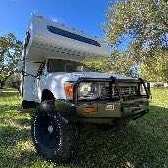

.jpg.84fc5f568e3cf976ced2b568ebf0a56c.jpg)
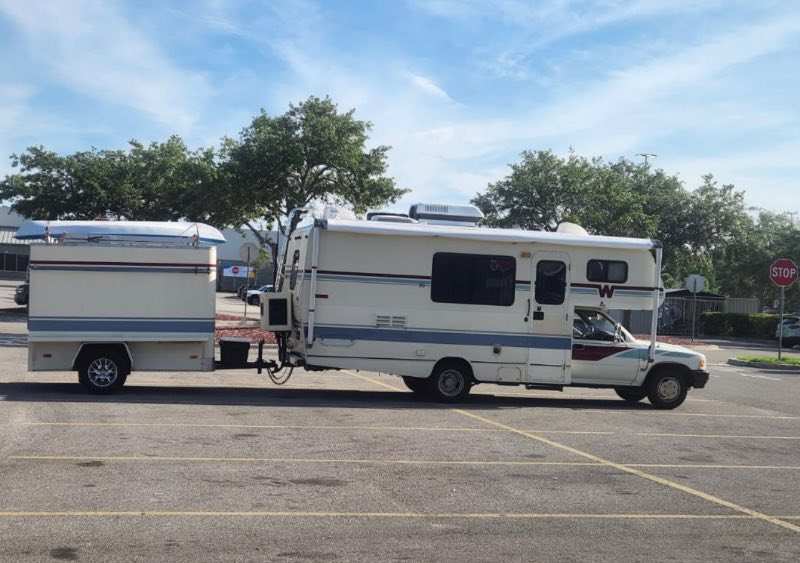
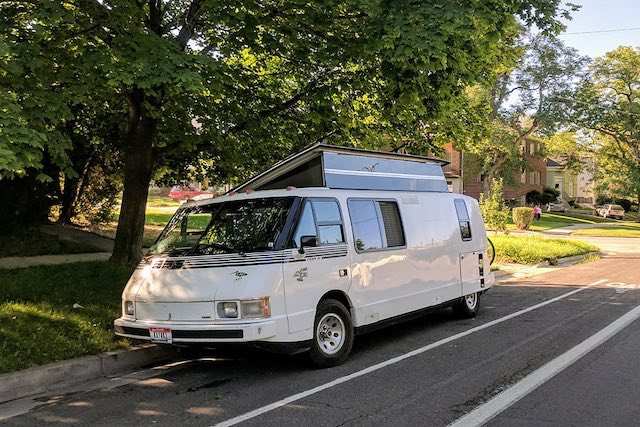
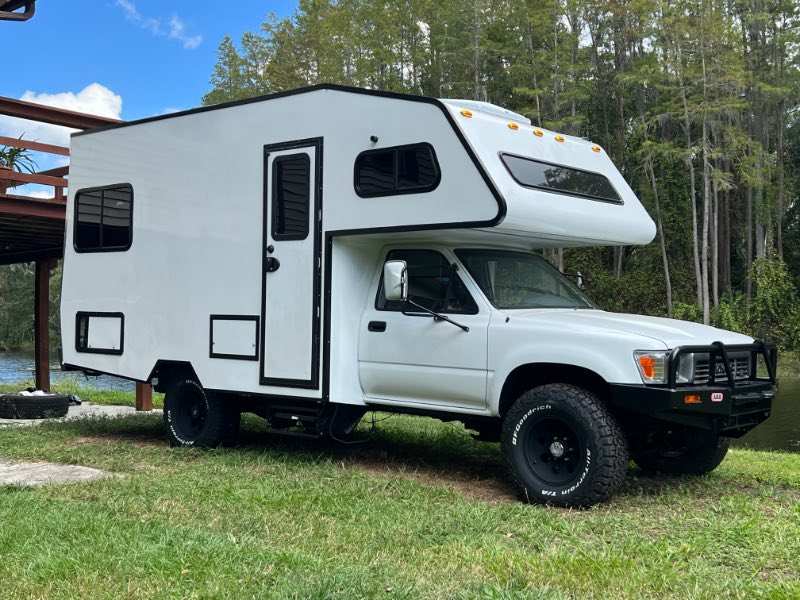
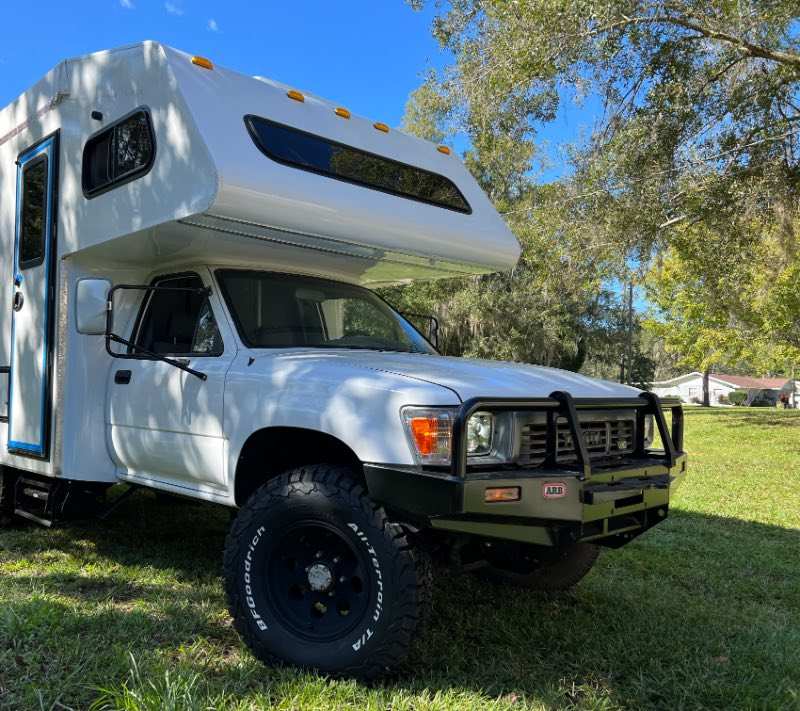
Need a 3 row radiator
in Engines - Transmissions - Drive Train - Suspension - Chassis - Steering - Exhaust - Tires - Etc.
Posted · Edited by Odyssey 4x4
I installed a CSF 3 row on my old 22re after it ran a bit hotter after boring the engine. It took care of the heat problem and was a direct fit install. I have another CSF on standby for my 3.0 build I'm currently finishing up